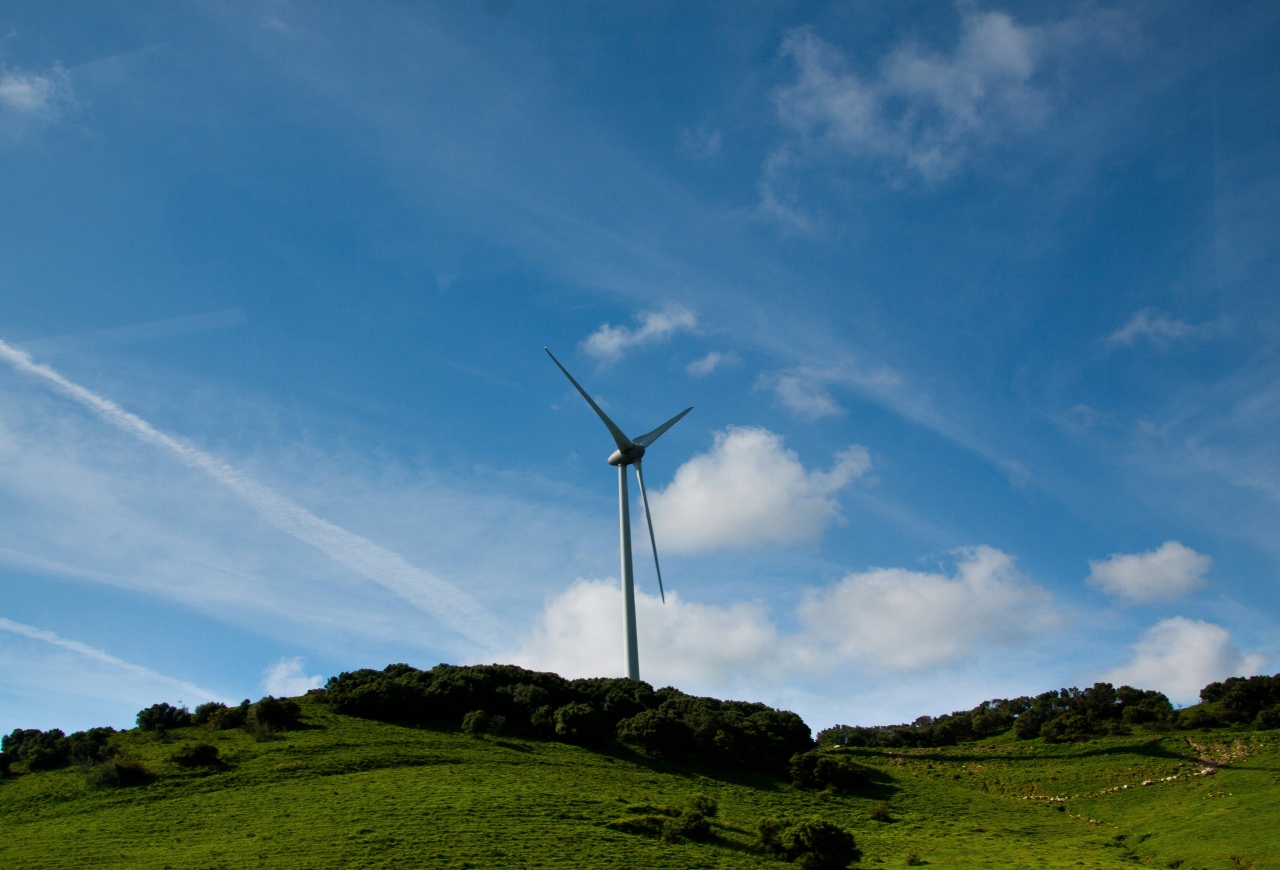The London Pensions Fund Authority will commit approximately £400m to sectors including energy efficiency and renewables, sustainable industry, transport, reforestation and wetland restoration projects.

The London Pensions Fund Authority (LPFA), a local government pension scheme which manages £8bn (€9.3bn) in assets for more than 100,000 members, plans to allocate around 5% of its total value to climate solutions by 2030.
In practice, this means the LPFA will commit around £400m to a range of investment opportunities, including energy efficiency and renewable energy, sustainable industry, transport, reforestation and wetland restoration projects.
This sum is based on a current holding of around £150m in existing climate solutions assets that the LPFA has within its fund manager LPPI’s equity and corporate fixed income holdings. It also includes an additional £250m that the LPFA said in April would be directed towards environmental assets via the LPPI’s recently launched Environmental Opportunities Fund.
Net zero is a strategic priority for the London pension fund, and investing in climate solutions plays a crucial role in that strategy, according to Jo Donnelly, CEO of the LPFA.
“It’s about ensuring that we invest in opportunities that help us pay members their pensions when they retire. We are pleased to be able to commit to a goal combining existing investments and a specific allocation to environmental opportunities. Fund investments do evolve, of course, but we are clear about the opportunities that exist in a low carbon future,” Donnelly said.
Net-zero pledge
In 2021, using the Institutional Investors Group on Climate Change’s (IIGCC) Net Zero Investment Framework as guidance, the LPFA pledged to become a net-zero fund by 2050. Signatories to this framework are required to publish a target for investment in climate solutions.
“To set this initial goal, we’ve used current IIGCC guidance to identify existing listed equity and corporate fixed income assets that can be described as climate solutions. We’ve then built on that to reach the full 5% goal,” said Paul Hewitt, responsible investment manager for the LPFA.
Hewitt went on to say that the LPFA’s actual investments in climate solutions may be “much higher” because until last week there had been no definitive guidance on what infrastructure or real estate assets can be classed as a climate solution.
“As new IIGCC guidance becomes available to help us assess climate solutions eligibility for other asset classes, such as for example infrastructure, we may be able to consider revising our baseline upwards, which would also enable us to adjust our target commitment upwards too, with support from our pool providers, LPPI,” Hewitt told Impact Investor.
The move to net zero makes economic sense, according to the LPFA, which pointed to a report out earlier this year by the UK’s Confederation of British Industry, which concluded that every £1 of value generated by the net zero economy creates an additional £1.89 in the wider economy.






